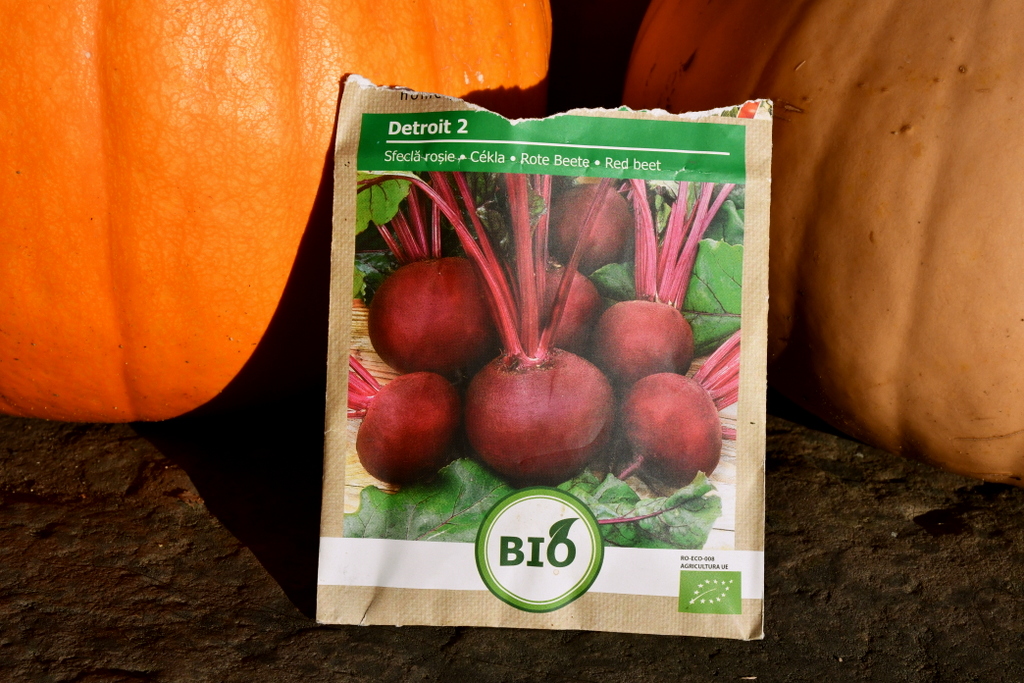
Beets are a cool season crop to love or loathe.
While some of us adore the earthy flavor, especially in pickled beets, others claim the roots taste like dirt – plain and simple – and refuse to take a bite.
If you are the eccentric one to plant beets in the fall, then you must be on the loving side. For gardeners do tend to care well for their preferences, like serious tomato and potato growers.
Just so that we see eye-to-eye on the issue, fall planting of beets doesn’t necessarily mean you need to grow them for the roots. You can also plant them for the beet greens, which are just as delicious, if not more nutritious, than their bulbous counterparts.
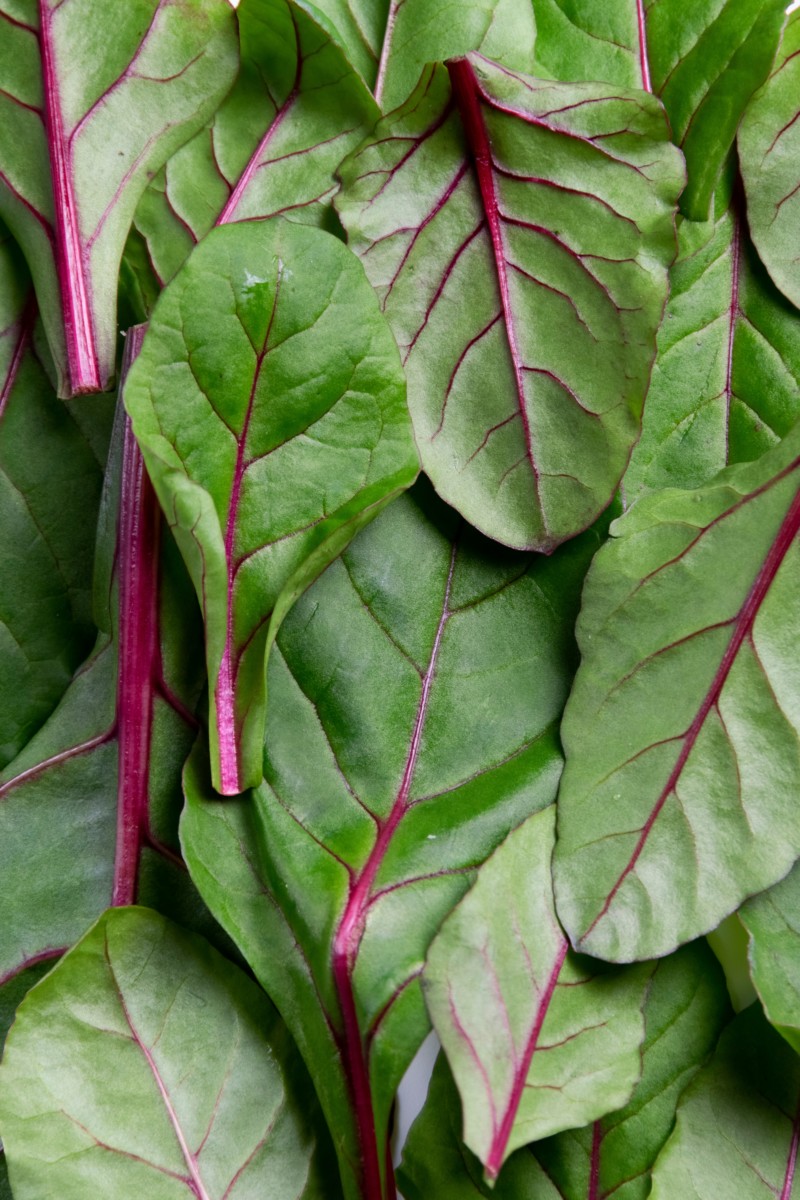
Plus, beet leaves are ready to eat in a few weeks, whereas roots are ready to harvest in about 55-60 days.
Related reading: 33 Brilliant Recipes Using Beets You’d Never Have Thought Of
How Late Can I Plant Beet Seeds?
It’s always the gardener’s plight to run out of time. And the question often arises, is it too late for planting?
The answer is always yes and no. Or it depends. I like to use that phrase a lot.
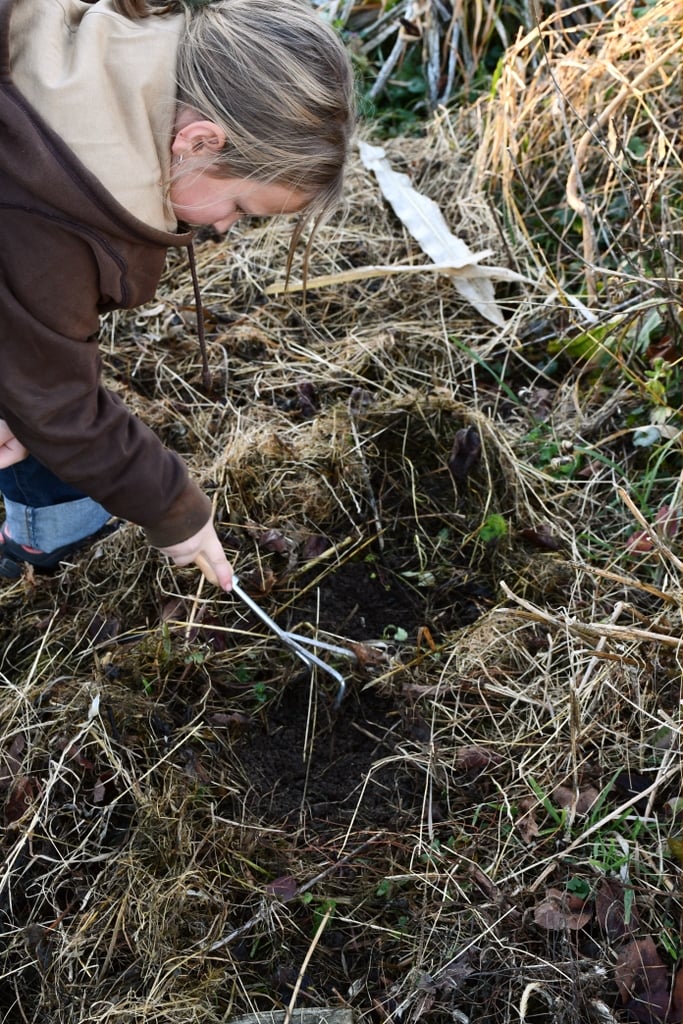
Because it is so true. Fall planting depends on the soil temperature as much as it is reliant on the first frost. It also depends if the seeds are direct planted in the ground, blanketed with a row cover to extend the growing season, or grown in a greenhouse.
So, it wouldn’t be honest to say that October is absolutely too late, not knowing your growing conditions.
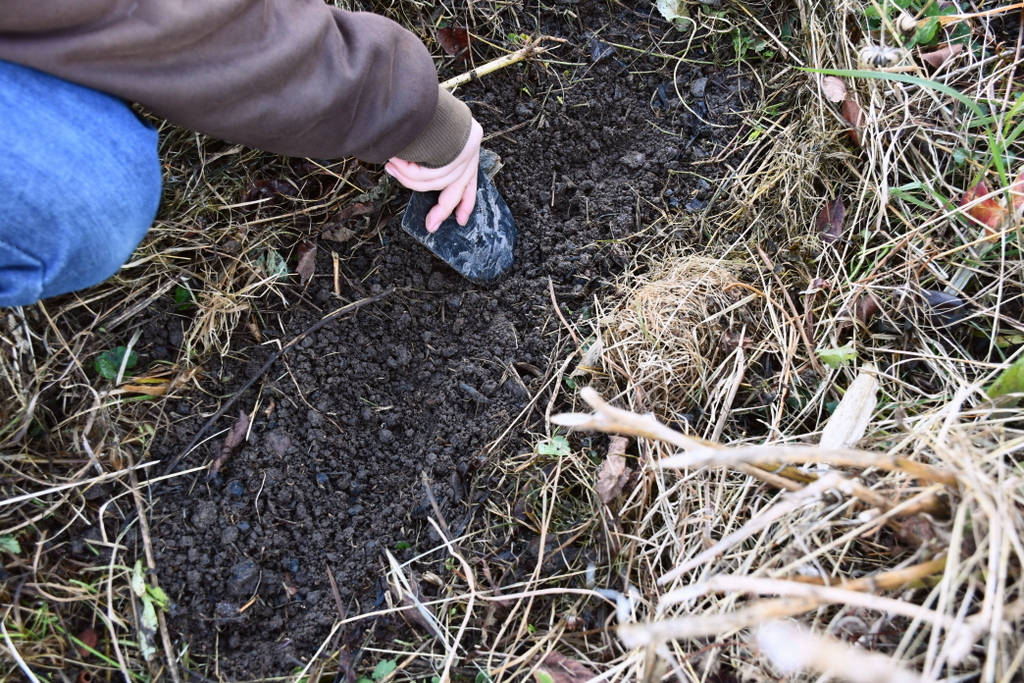
Late August, September, October – they’re all good for fall planting of beets. If you want to harvest the roots, aim for planting about 4-6 weeks before your first expected frost.
If you are growing in a warmer zone, say Zone 9, you’ll be able to leave them in the ground throughout the winter. Lucky you.
Fall Planting of Beets For Root Harvest
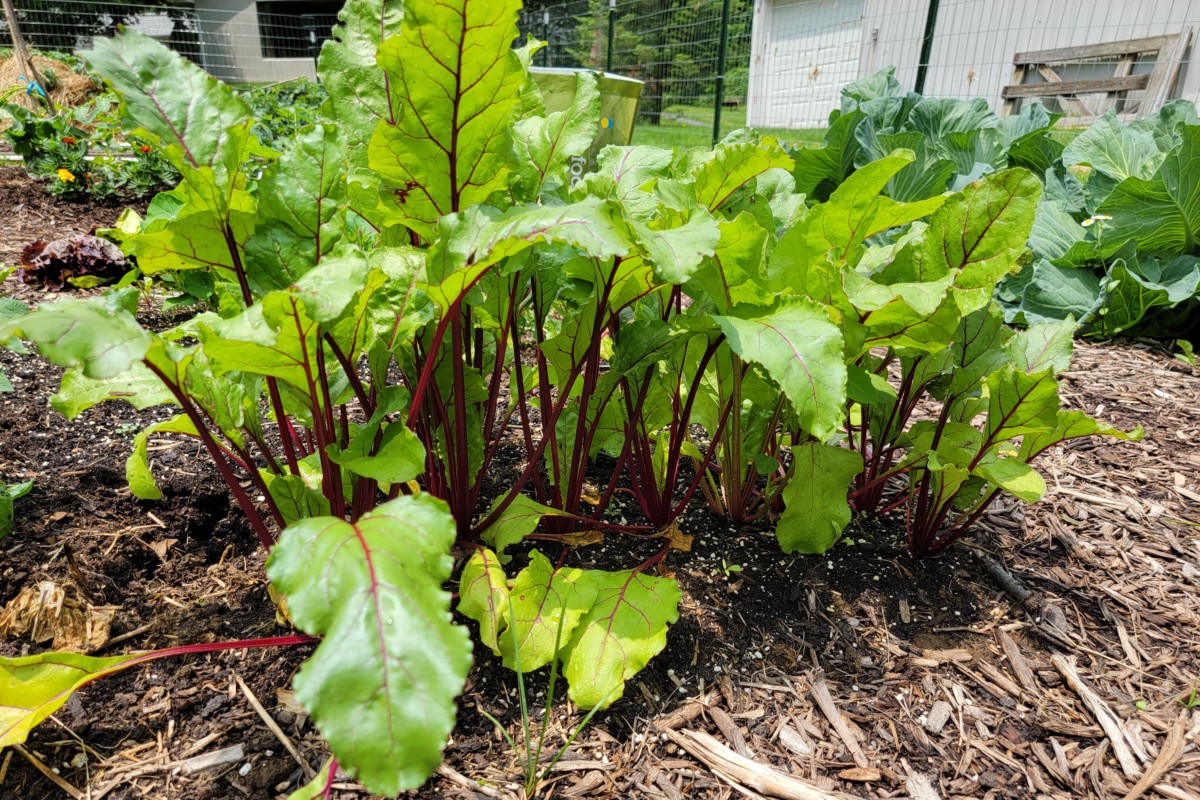
However, if you’d like to harvest the roots, it is recommended to sow your beet seeds from late August all the way through October. If you have plenty of space in your garden, you can stagger your harvest by using succession planting.
As long as the soil is warm enough for your seeds to germinate, it is worth giving it a try. At soil temperatures of 50°F (10°C), the germination of beet seeds takes approximately 5 to 8 days. If the soil is dry, you can pre-soak the beet seeds up to 24 hours before sowing to speed up the process.
Fall Planting of Beets For Leaf Harvest
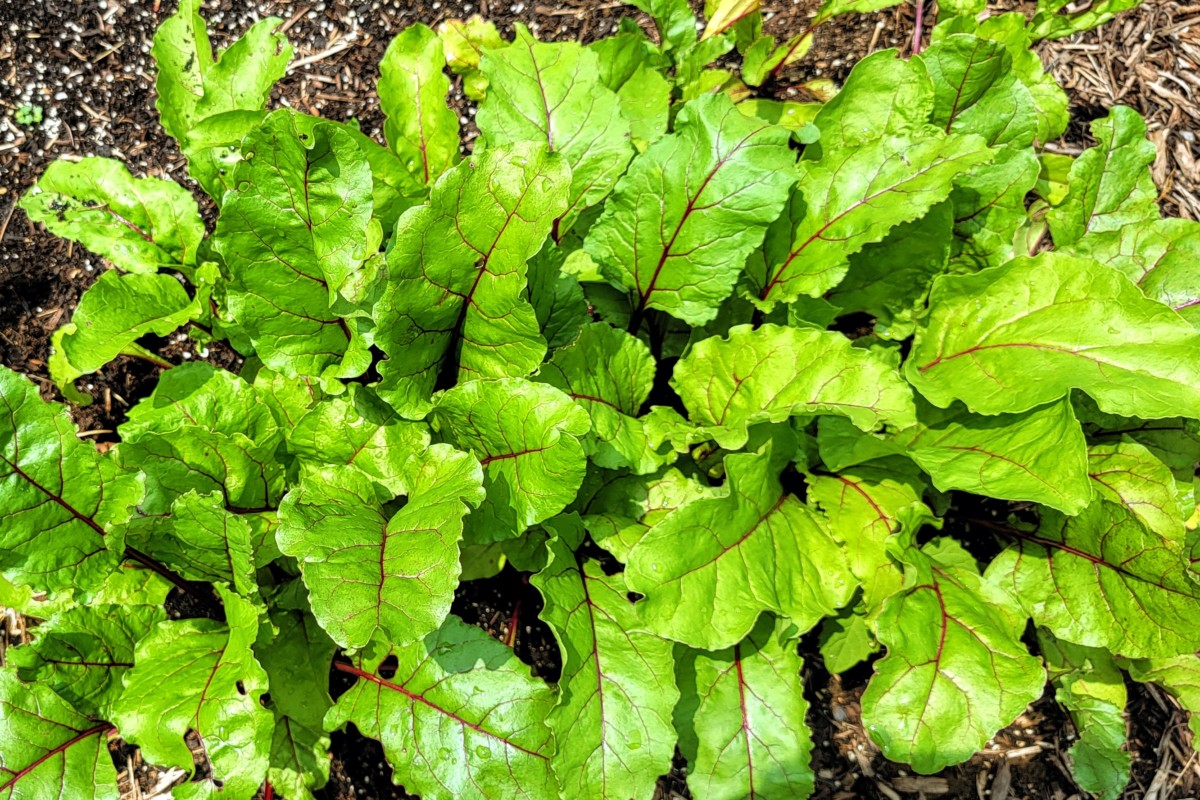
What few people fail to consider is the value of the beet leaves and stems. Often, you’ll not find them in supermarkets, though you can still get them at farmers’ markets as the entire plant will have been harvested fresh.
It’s said that beet leaves support your immune system, strengthen your bones and benefit your digestive tract. They are rich in potassium (good for your heart), and they provide a sufficient amount of magnesium (benefiting nerve and muscle functions). See, it pays to eat your vegetables, especially when they are homegrown.
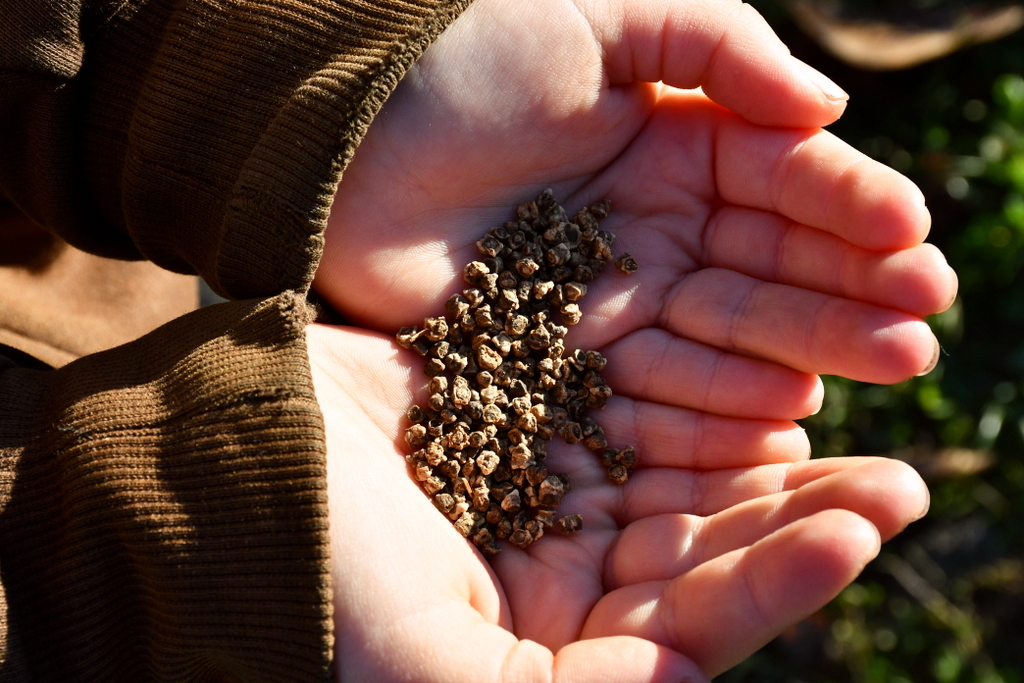
It’s wise to know that the roots will not form well if you pluck too many greens, so you must make a choice before you sow your seeds. If it is the stems and leaves you are after, give yourself permission to harvest away.
Again, beet leaves are ready to harvest in about three weeks.
If you can plan that potential harvest into your holiday dinners, here are 15 delicious ways to eat your beet greens.
Planting of Beets
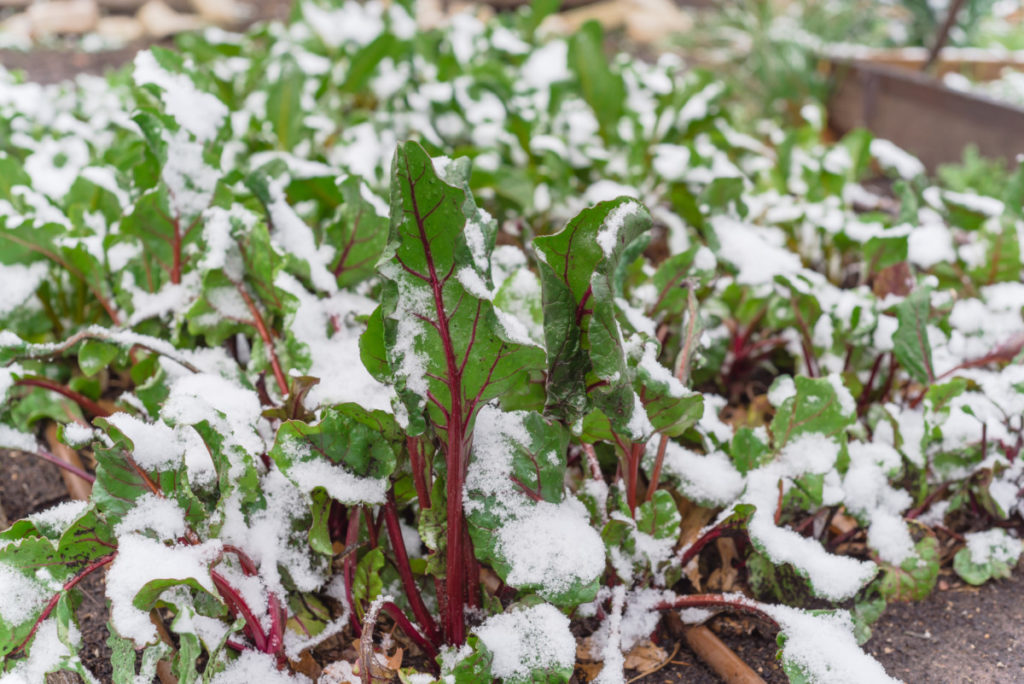
Just as if you were planting beets in early summer, beets have a few requirements you don’t want to miss:
- beets prefer full sun, though, for harvesting leaves, partial shade will be enough
- seeds need to be sown in well-fertilized soil with plenty of compost
- soil pH is important; between 6.0 and 7.5 is best
- when practicing companion planting, plant beets next to onions, beans, cabbages and radishes
- refrain from planting beets in the space where spinach or Swiss chard has recently been grown
For the most part, beets are direct sown in the soil. Given the fact that they are cold-tolerant, use this to your advantage.
In the garden, sow seeds 1/2″ in the soil, about 1-2″ apart if harvesting greens. Space them 3-4″ apart if wishing to harvest roots.
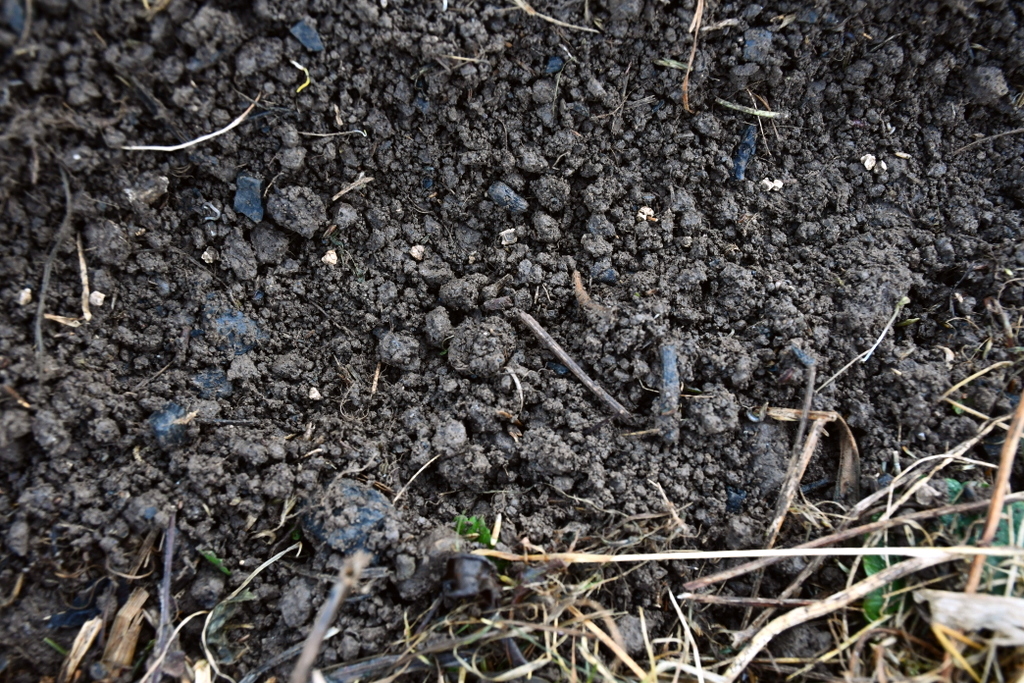
Apply a thin layer of mulch (hay or straw) over the newly planted seeds and wait for them to emerge.
If and when it comes time to thin them, remove the plants carefully if you wish to grow the roots to full size. However, if it is the beet greens you are after, feel free to plant them rather densely and snip off the largest leaves as they grow. Pluck one here, snip one there, just try to harvest evenly, and the leaves will keep on growing.
As the season turns to winter…
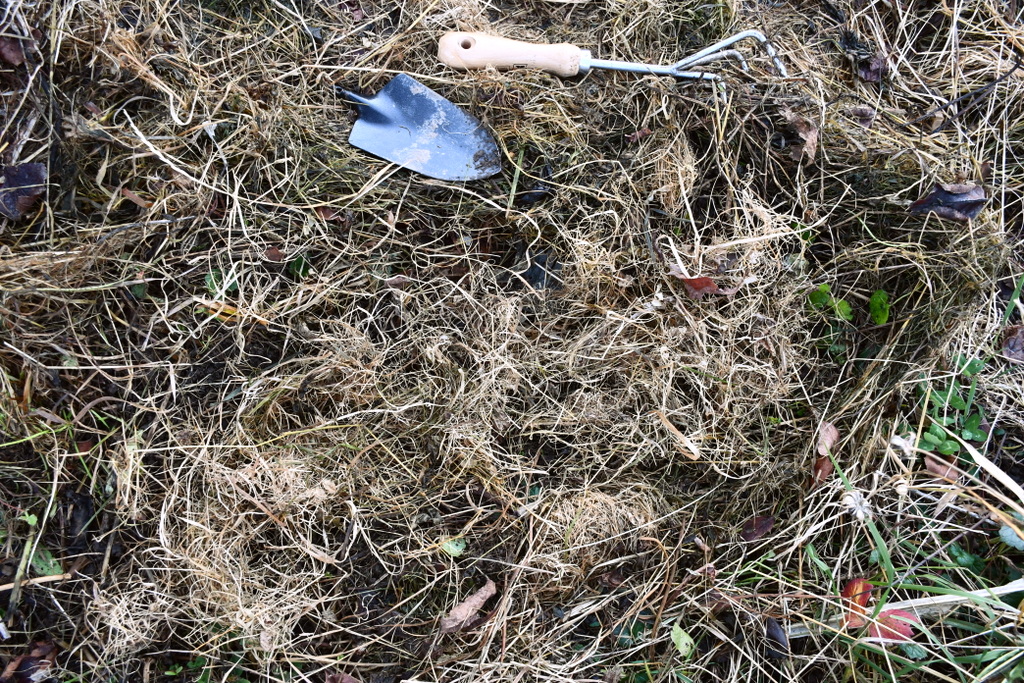
The challenge with fall planted beets is hardly ever leaf spot, flea beetles or mosaic virus. Rather it comes from the cold.
If a frost is expected and your beets are well on their way to the dinner table, be sure to give them a cover for the night to shake off the frost.
You might also have to watch out for rabbits and deer. As your beets may be the last remaining crop in your garden, they will stand out more than before. They are a tasty treat, not only for you but for wildlife as well.
Another thing you can do is to plant beets in containers. This method comes in handy, particularly if it is getting a tad too late in the season.
Planting Beets In Containers
One great thing about container gardening is that you can move your crops around based on the weather of the day or night. Provided, of course, that the pots are of manageable size.
And again, if it is the nutritious beet leaves you are after, you can fit quite a lot in one pot.
Choose from Chioggia beets, Bull’s Blood, Early Wonder, Detroit Dark Red, Avalanche or Golden beets. This way, you are sure to surprise and delight your dinner guests with a gorgeous portion of sautéed beet greens. Serve with chopped walnuts and pasta; then, you can call it a meal.
So, fall planting of beets, is it worth it?
Certainly is, if you are in the right place at the right time, with an adoration of earthy beets.

Get the famous Rural Sprout newsletter delivered to your inbox.
Join the 50,000+ gardeners who get timely gardening tutorials, tips and tasks delivered direct to their inbox.

